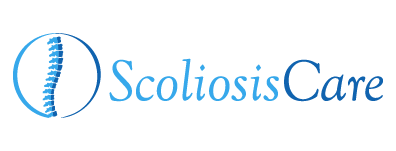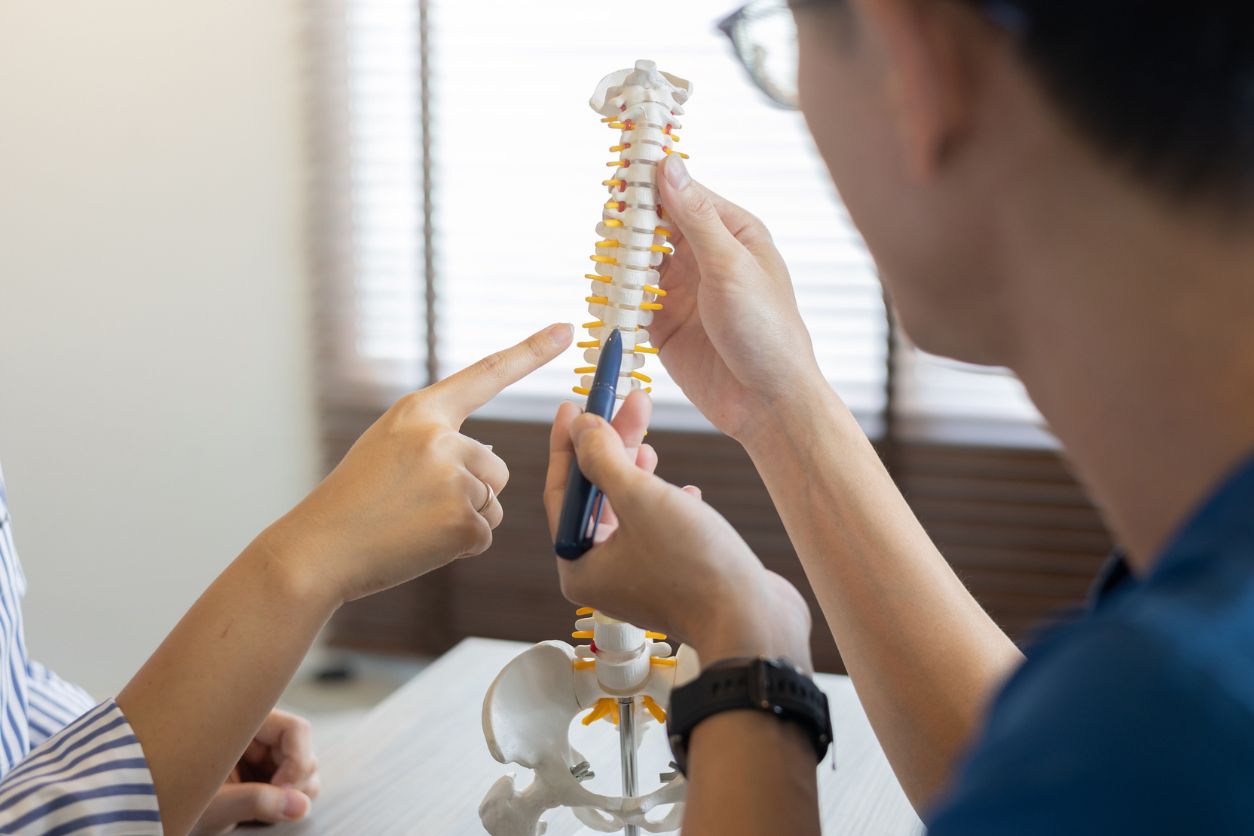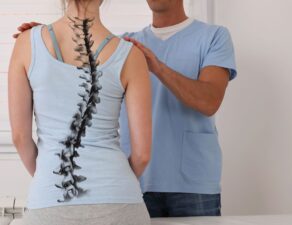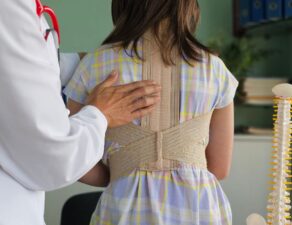
Back pain is a common challenge for many individuals with scoliosis. While scoliosis can vary in severity, back pain can significantly impact daily activities and quality of life. The degree of pain can vary depending on the severity of the curve, the individual’s age, and their overall health. If you’re wondering what to do when your back hurts from scoliosis, we have some tips that may help.
Managing Back Pain from Scoliosis
If you suffer from back pain due to scoliosis, here are some strategies that may help you find temporary relief. However, it is important to recognize that each case of scoliosis is unique, and what works for one person may not work for another.
1. Stay Active and Exercise Regularly
Regular physical activity is crucial in managing scoliosis-related back pain. Low-impact exercises like walking, swimming, or cycling can help strengthen the back muscles and improve flexibility without putting too much strain on the spine. Additionally, specific exercises tailored for scoliosis patients can help in maintaining spinal alignment and reducing discomfort.
2. Practice Good Posture
Maintaining good posture is essential for individuals with scoliosis. Proper alignment can help in distributing weight evenly across the spine, reducing stress on certain areas. Ergonomic chairs and supportive cushions can aid in maintaining good posture, especially for those who sit for extended periods.
3. Use Heat or Cold Therapy
Applying heat or cold to the affected area can provide temporary relief from back pain. Heat therapy can relax tense muscles and improve blood flow, while cold therapy can reduce inflammation and numb sore areas. It’s important to use these therapies as directed to avoid skin damage.
4. Consider Physical Therapy
Physical therapy can be highly beneficial for managing scoliosis-related back pain. A physical therapist can develop a personalized exercise program that targets specific areas affected by spinal curvature. These exercises can help reduce pain, slow the progression of the curve and improve overall mobility.
5. Explore Pain Relief Medications
Over-the-counter pain relief medications like NSAIDs can help in managing mild to moderate back pain. However, it’s important to consult with a healthcare provider before starting any medication, as they can advise on the appropriate type and dosage based on your specific condition.
6. Regular Check-ups with a Spine Specialist
Regular consultations with a spine specialist are crucial for monitoring the progression of scoliosis and adjusting treatment plans as needed. They can provide valuable insights and recommendations for managing back pain effectively.
Seek Expert Guidance for Back Pain from Scoliosis
If you’re experiencing back pain due to scoliosis, contact Dr. Siambanes at Scoliosis Care in Tampa, FL. Dr. Siambanes offers comprehensive care and support to help you manage your condition effectively. Remember, the key to managing scoliosis-related back pain lies in understanding your body and finding the right balance of treatments and lifestyle adjustments.








